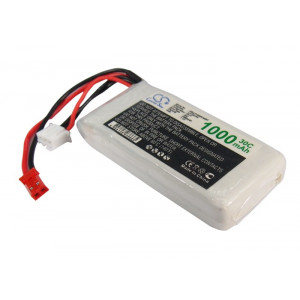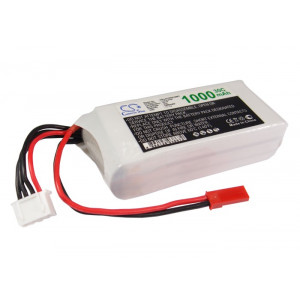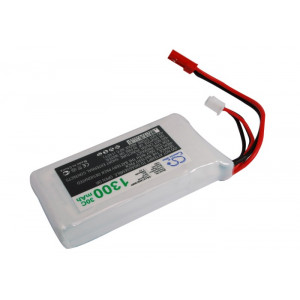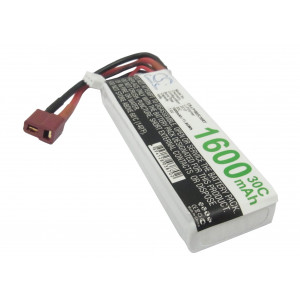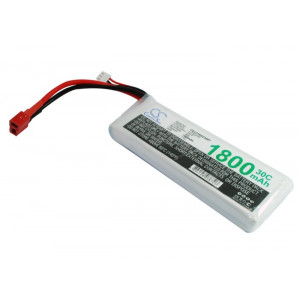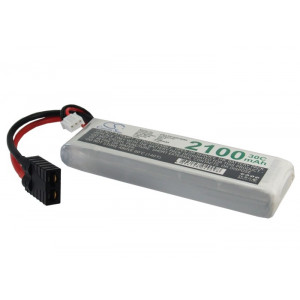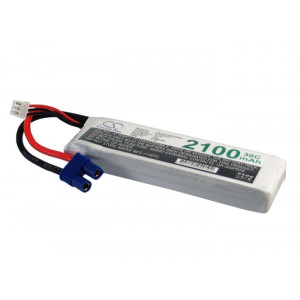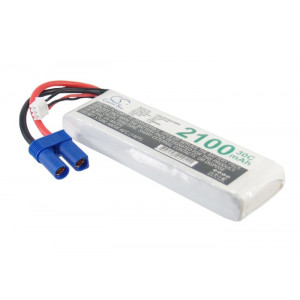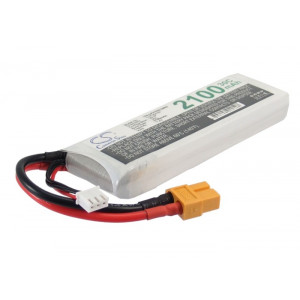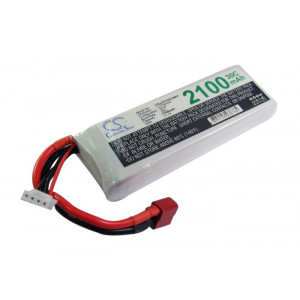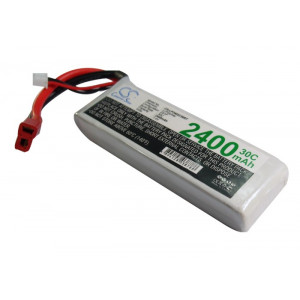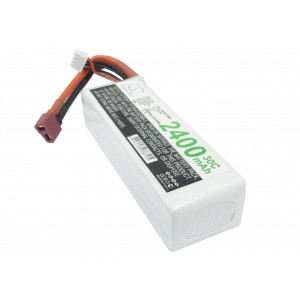Train batteries come in a variety of sizes, capacities and design configurations to suit the specific needs of different rail operations. The most common type is the flooded lead-acid battery, which uses lead oxide plates in a liquid electrolyte solution to produce electricity. These batteries tend to be more affordable and offer higher power output than other types of batteries. Other options include valve-regulated lead acid (VRLA) batteries, lithium ion and nickel metal hydride batteries.
Train batteries are built to strict safety standards and must be properly maintained to ensure they continue to perform efficiently and safely. Common maintenance tasks include topping off the electrolyte levels, checking the voltage level of cells, cleaning terminals, equalizing charges, monitoring temperature and replacing defective or worn-out parts. It is important to follow manufacturer instructions when performing any maintenance on a train battery, as improper handling can cause serious damage or injury.
Train batteries are essential components of railway operations and provide the power needed to maintain safe and efficient operation. With proper maintenance and careful selection, these batteries will last for several years and ensure reliable performance in all types of rail systems.



